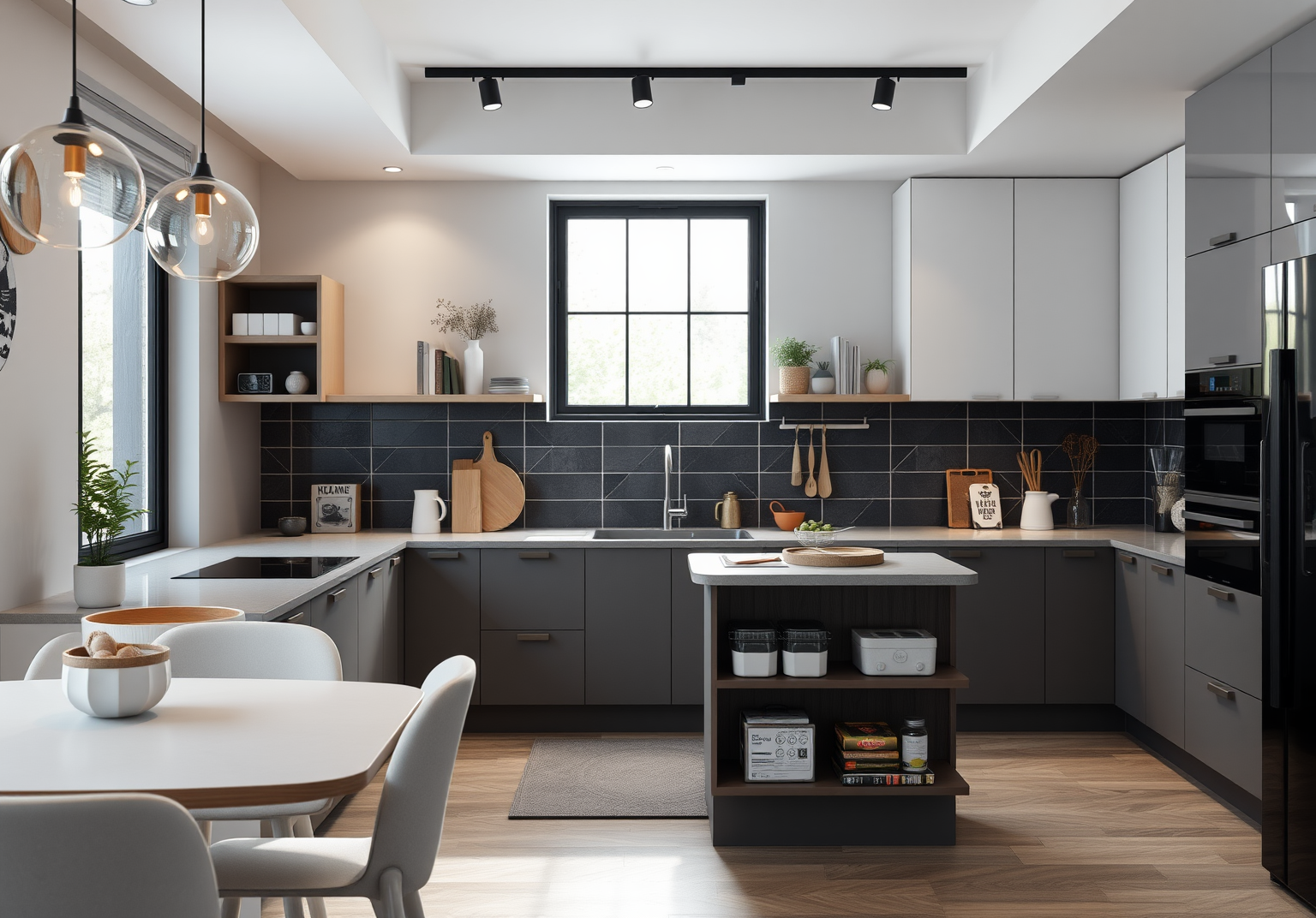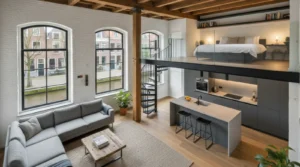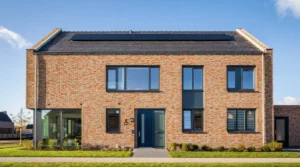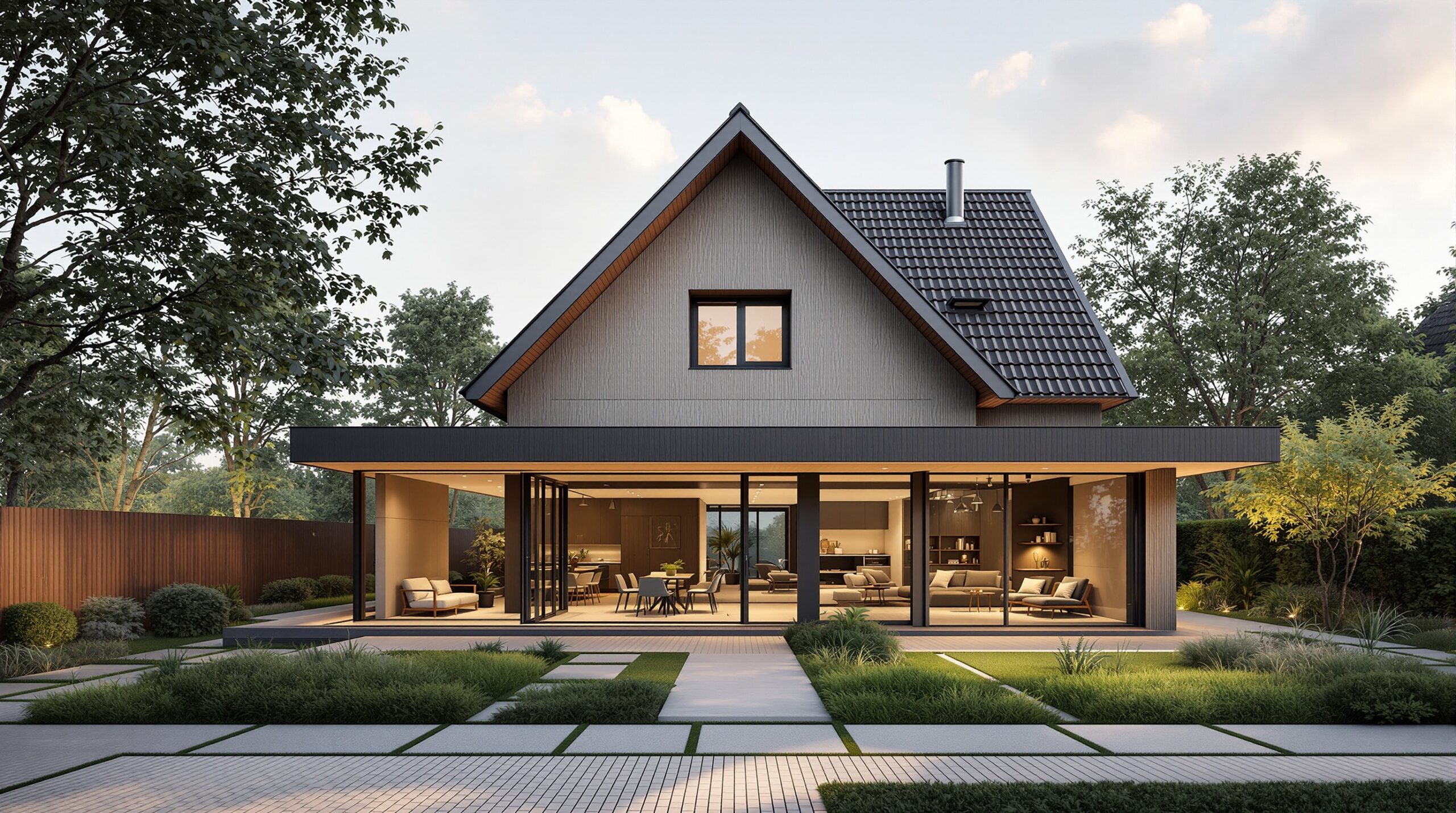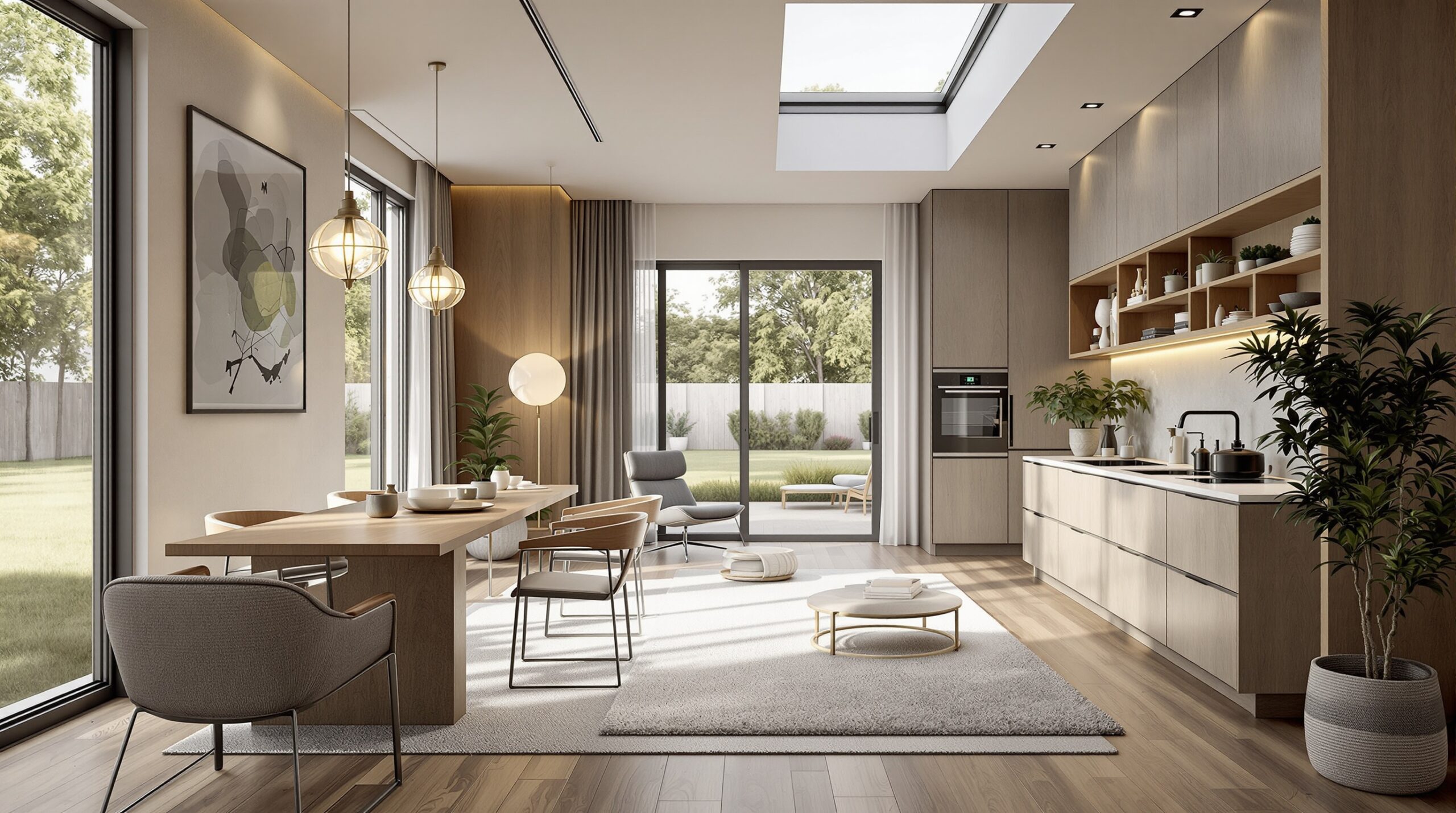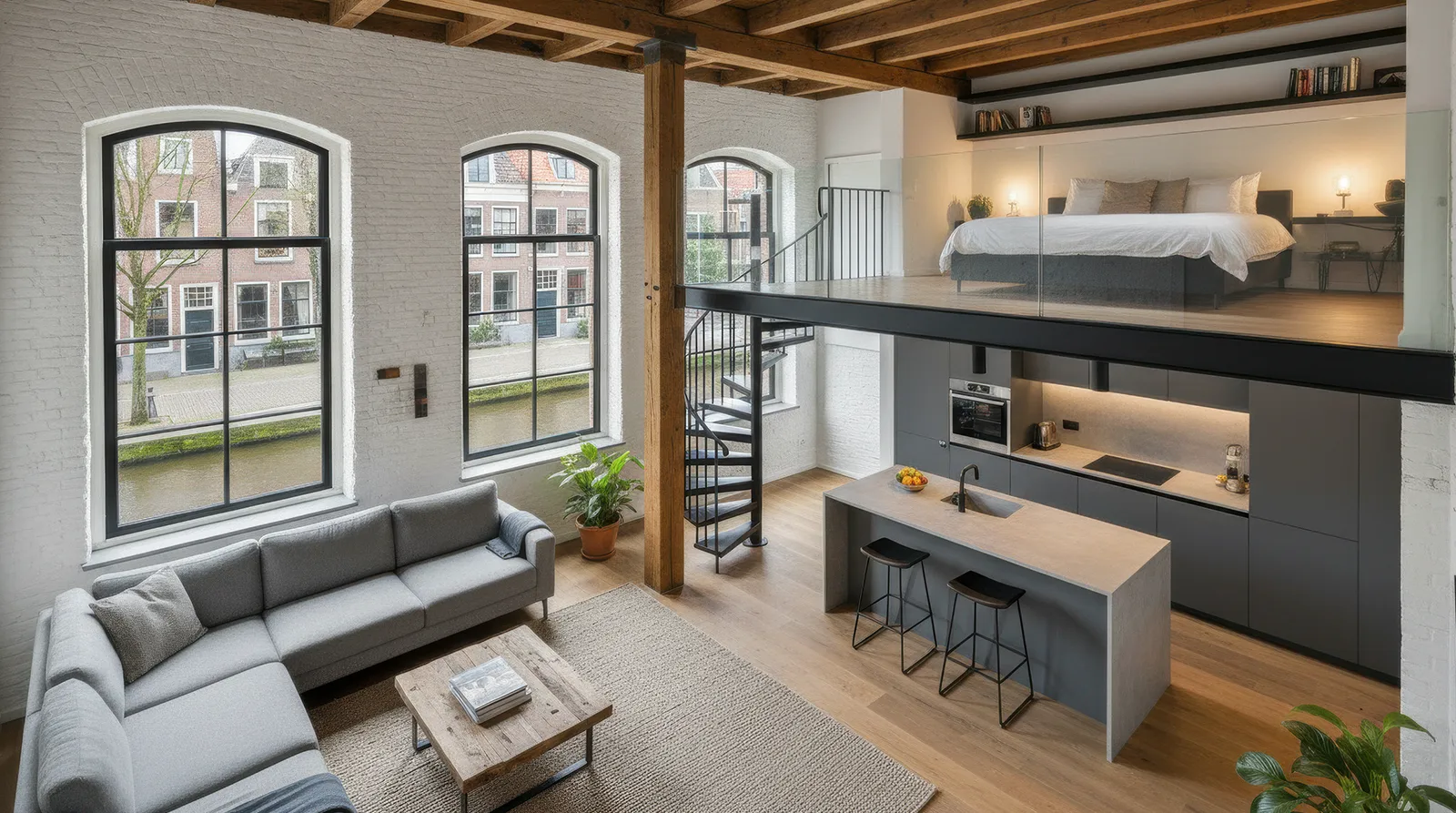Ergonomic Kitchen Designs: Enhancing Comfort and Functionality
Kitchen design has evolved significantly over the years, with a growing emphasis on creating spaces that are not only aesthetically pleasing but also highly functional and comfortable. In the Netherlands, where homes often feature compact kitchens, the importance of ergonomic design cannot be overstated. A well-designed kitchen can make a significant difference in the overall living experience, enhancing the comfort and productivity of homeowners. In this article, we will delve into the world of ergonomic kitchen design, exploring the key principles, benefits, and trends that are shaping the way Dutch residents create their ideal cooking spaces.
Basic Concepts of Ergonomic Kitchen Design
Before we dive into the specifics of ergonomic kitchen design, it’s essential to understand the basic concepts that underpin this approach. Ergonomics, in the context of kitchen design, refers to the study of how to arrange and design spaces to minimize stress and discomfort on the human body. In a kitchen, this means creating a layout that allows for efficient movement, reduces fatigue, and promotes safety. The core principles of ergonomic kitchen design include:
- Optimizing workflow and traffic paths to minimize walking distances and reduce congestion
- Positioning frequently used elements, such as sinks and cooktops, in easy-to-reach locations
- Designing storage solutions that are accessible and convenient, reducing the need for bending or stretching
- Using materials and finishes that are durable, easy to clean, and provide good traction underfoot
Key Elements of Ergonomic Kitchen Layouts
A functional kitchen layout is the foundation of an ergonomic kitchen design. In the Netherlands, where kitchen spaces are often limited, it’s crucial to create a layout that maximizes efficiency and comfort. Some key elements to consider include:
- The Work Triangle: This concept proposes that the three primary workstations in a kitchen – the sink, cooktop, and refrigerator – should be arranged in a triangular formation to minimize walking distances and improve workflow.
- Zone Cooking: This approach involves dividing the kitchen into distinct zones, each dedicated to a specific function, such as cooking, cleaning, or food preparation.
- Circulation Paths: A well-designed kitchen should allow for easy movement between workstations, with minimal obstacles or bottlenecks to navigate.
Trends in Ergonomic Kitchen Design in the Netherlands
In recent years, Dutch kitchen design has been influenced by a range of trends that prioritize ergonomics and comfort. Some notable developments include:
- Increased use of ergonomic appliances, such as wall-mounted ovens and cooktops, which reduce bending and stretching
- Adoption of smart storage solutions, such as pull-out drawers and rotating carousels, which improve accessibility and reduce clutter
- Growing popularity of kitchen islands, which provide additional countertop space and create a functional hub for food preparation and socializing
Practical Tips for Creating an Ergonomic Kitchen
Designing an ergonomic kitchen requires careful planning and attention to detail. To create a space that is both functional and comfortable, follow these practical tips:
- Assess your lifestyle and cooking habits to determine your specific needs and preferences
- Measure your kitchen space carefully to ensure accurate planning and design
- Consider the heights and distances of workstations, appliances, and storage solutions to minimize strain and discomfort
- Incorporate ergonomic materials and finishes, such as non-slip flooring and easy-to-clean surfaces
Conclusion
In conclusion, ergonomic kitchen design is an essential consideration for Dutch residents looking to create a functional, comfortable, and enjoyable cooking space. By understanding the key principles of ergonomic design, incorporating trends and technologies, and following practical tips, homeowners can create a kitchen that enhances their overall living experience. Whether you’re building a new home or renovating an existing space, prioritize ergonomic kitchen design to reap the benefits of a more comfortable, efficient, and enjoyable cooking environment.
Remember, a well-designed kitchen is not just about aesthetics; it’s about creating a space that supports your well-being and enhances your daily life. By embracing ergonomic kitchen design, you’ll be able to cook, socialize, and enjoy your kitchen with comfort and confidence.

